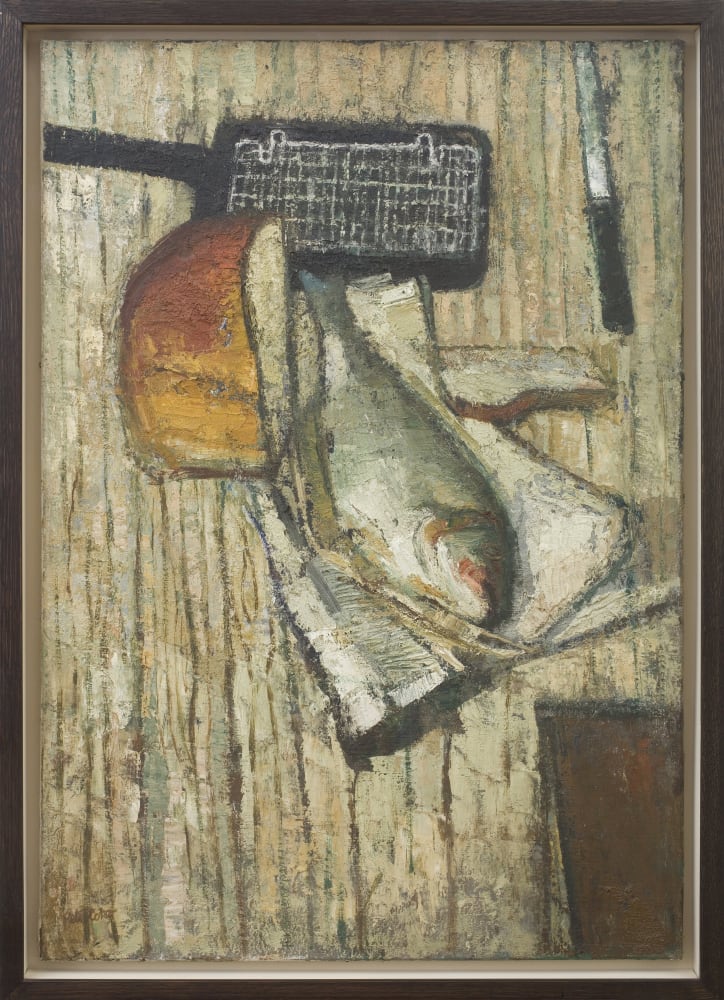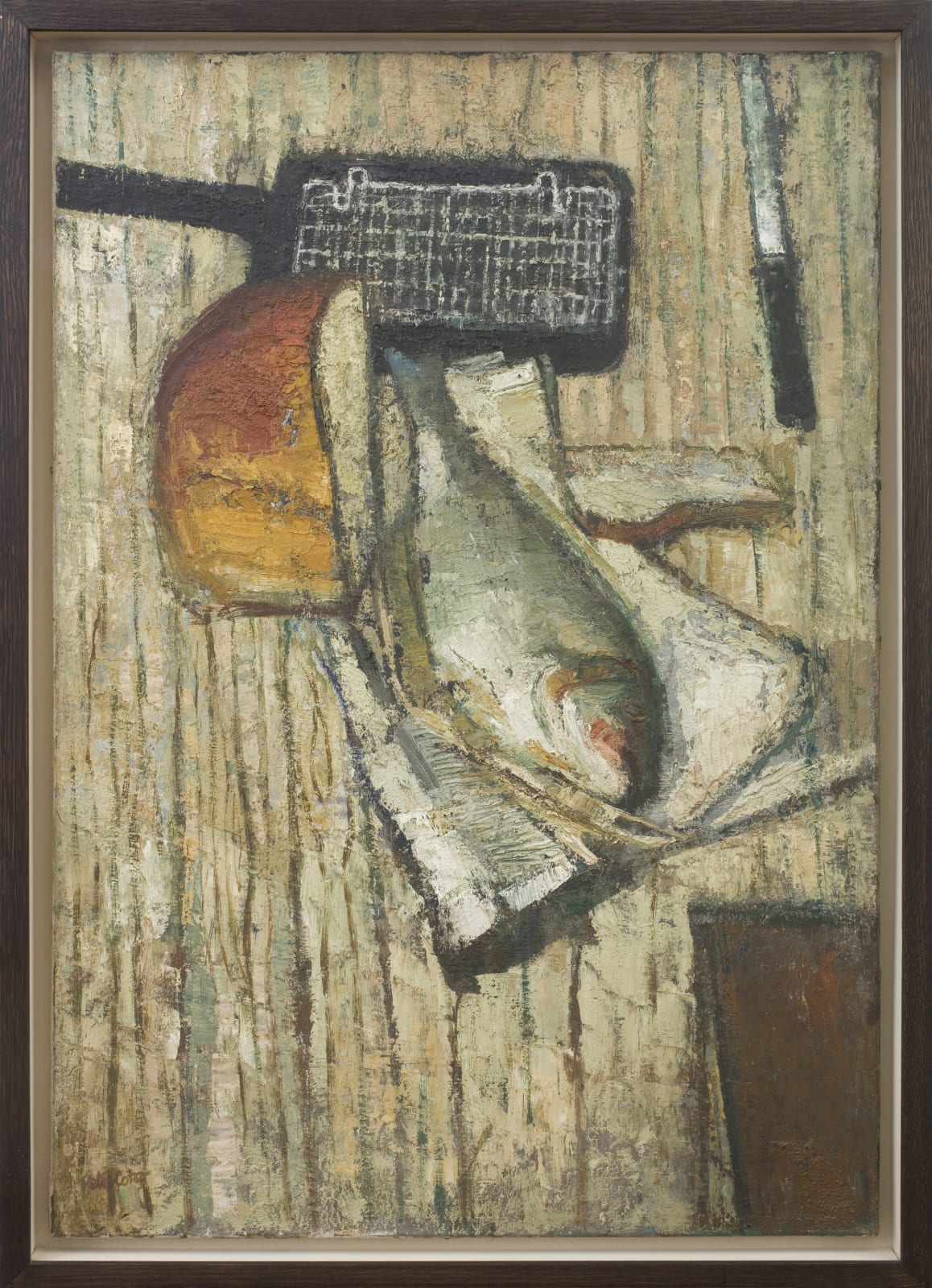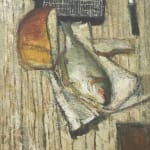Join our mailing list
* denotes required fields
We will process the personal data you have supplied to communicate with you in accordance with our Privacy Policy. You can unsubscribe or change your preferences at any time by clicking the link in our emails.
PIANO NOBILE | Robert Travers (Works of Art) Ltd
96 / 129 Portland Road | London | W11 4LW
+44 (0)20 7229 1099
Monday - Friday 10am - 6pm | Saturday 11am - 4pm
Closed public holidays
![]() Instagram
Instagram ![]() Join the mailing list
Join the mailing list
Copyright © 2025 Piano Nobile
This website uses cookies
This site uses cookies to help make it more useful to you. Please contact us to find out more about our Cookie Policy.




